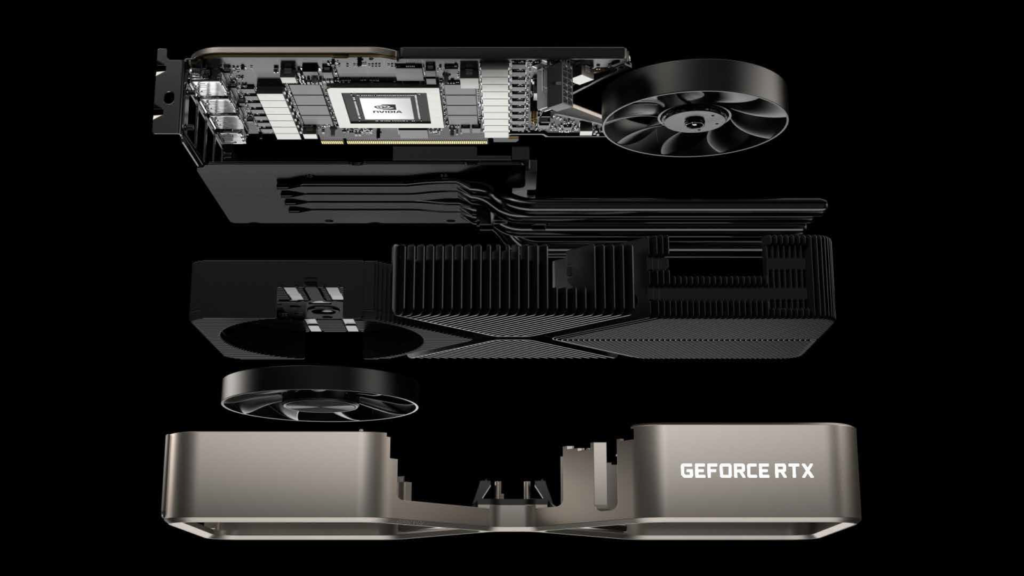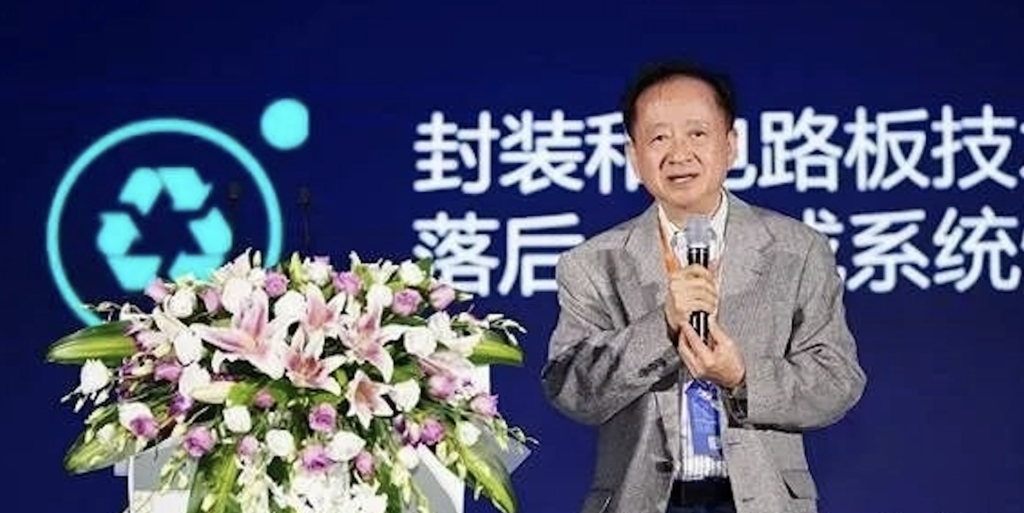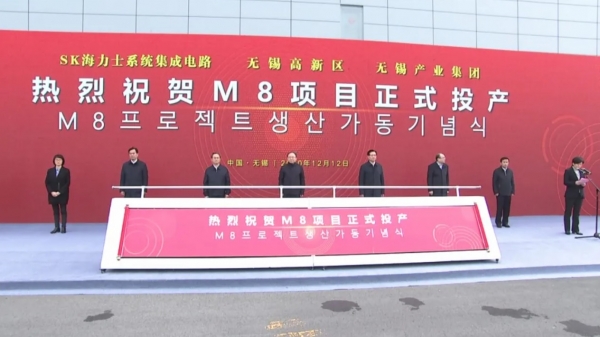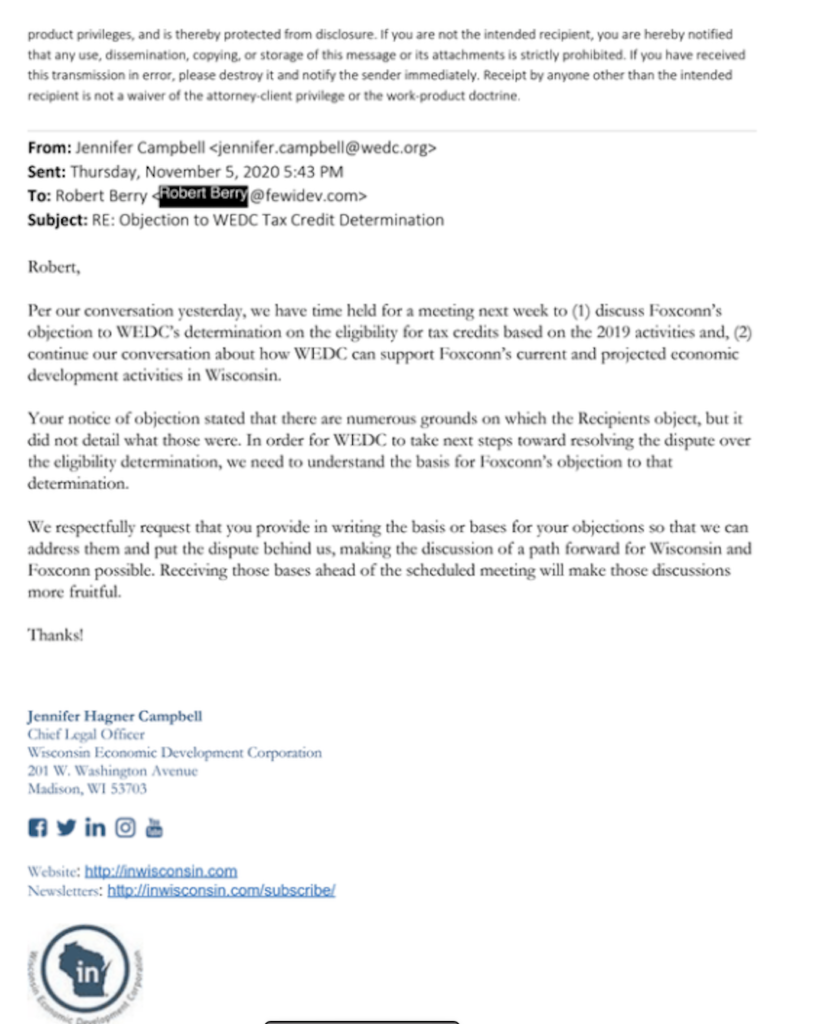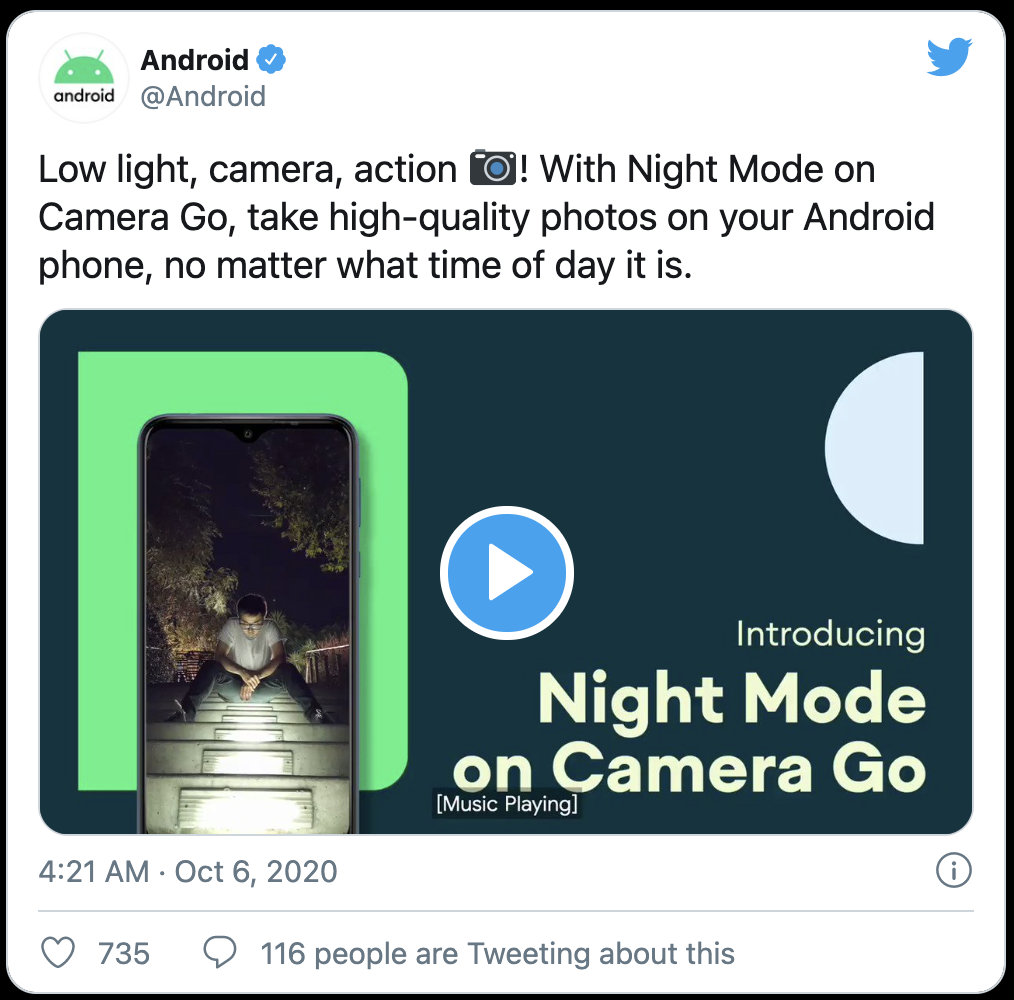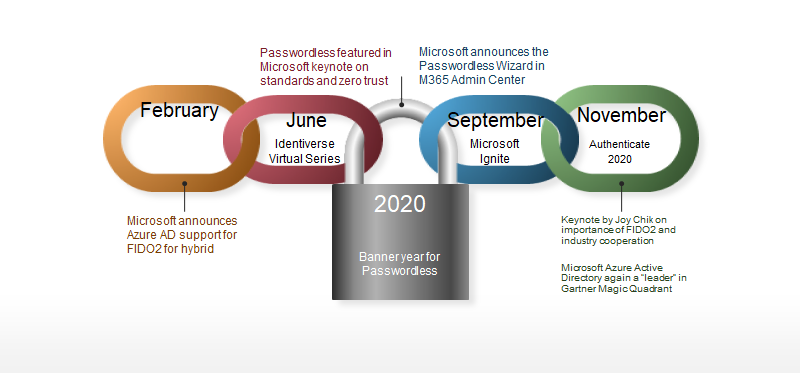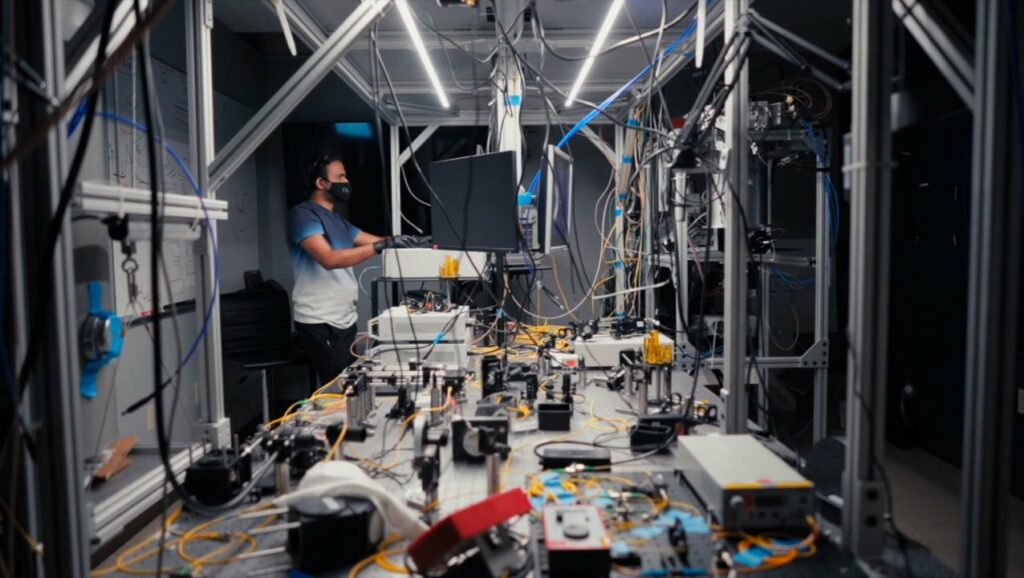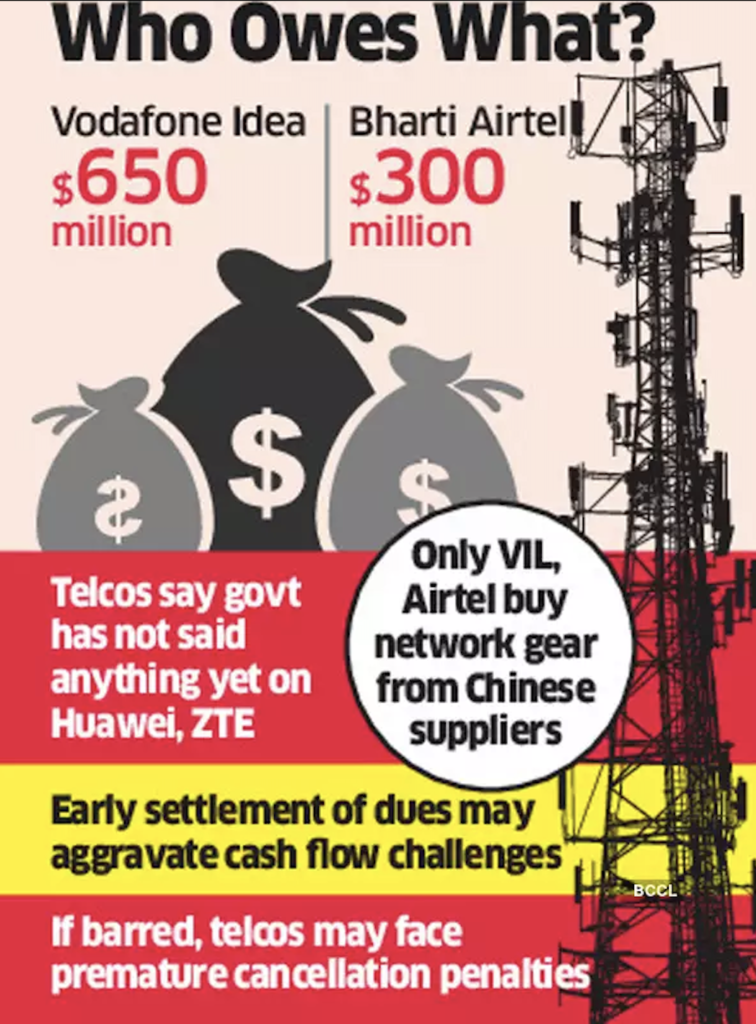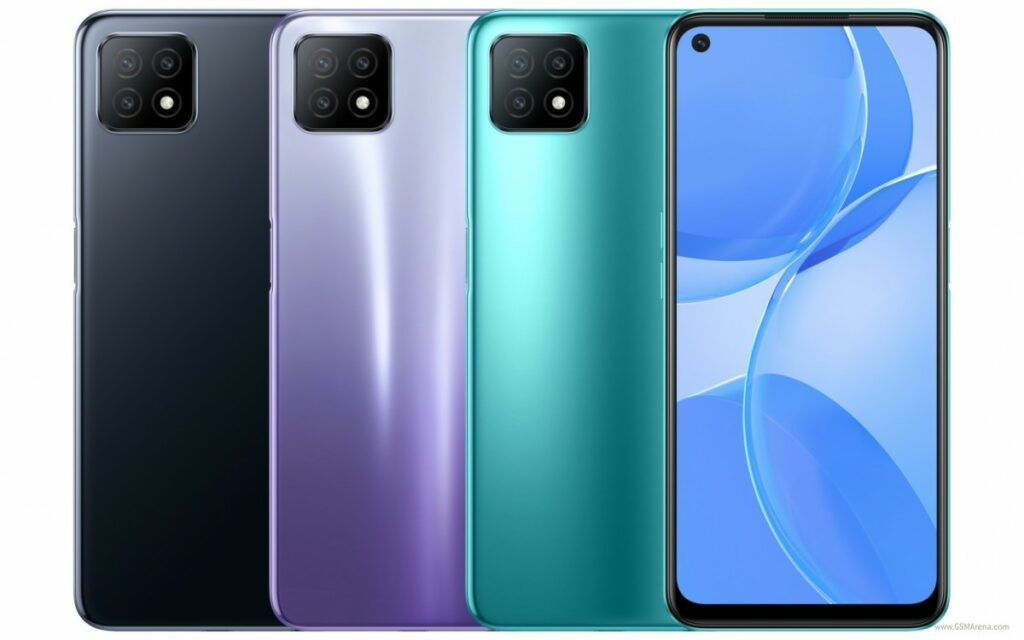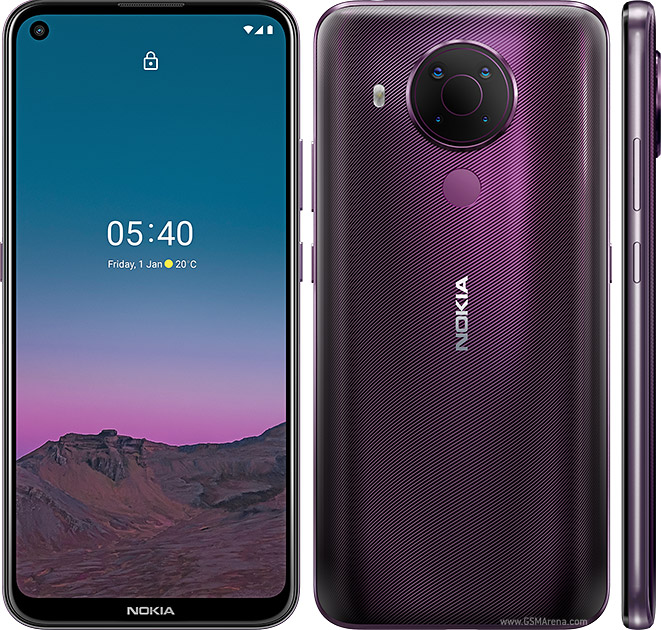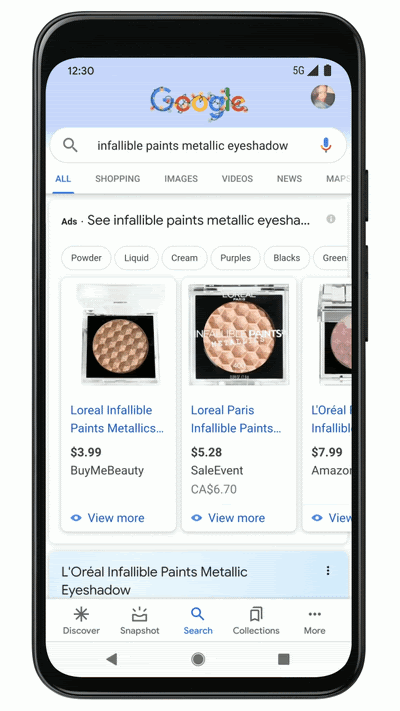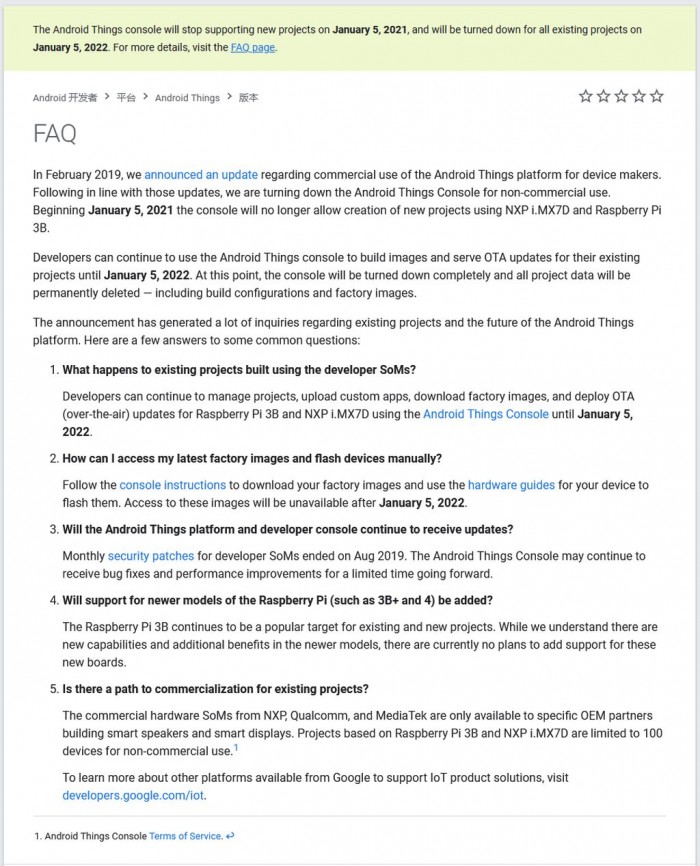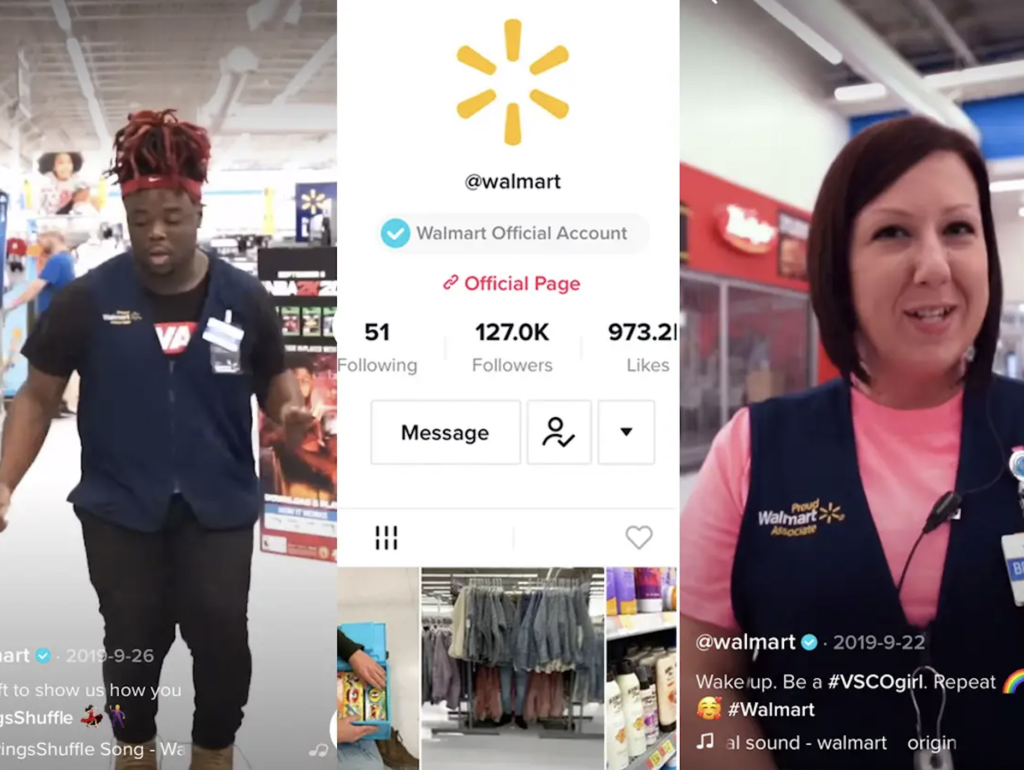
12-19 #Noises : SMIC will be seeking a dialogue with ASML; Microsoft is reportedly developing in-house ARM processors; Google plans to shut down Android Things; etc.
NVIDIA has signed on Samsung Electronics for a second try at making its GeForce GPUs RTX 30 series with the 8nm process from the latter company. Samsung’s 8nm process suffered from low yields and a consequent lack of supply. Nvidia has favored Samsung over TSMC in consideration of Samsung’s technology and the need for quick delivery of the chips. (CN Beta, WCCFtech, Korea Economic Daily)
SMIC is struggling to obtain crucial EUV lithography equipment for the development of its sub-7nm process technologies, and will be seeking a dialogue with ASML with the help of its newly-appointed vice chairman, Jiang Shangyi. (My Drivers, CN Beta, Seeking Alpha, Equal Ocean, Digitimes)
Microsoft is reportedly developing in-house ARM processors to power its Surface devices and cloud infrastructure. Microsoft currently uses ARM-based chips from Qualcomm in some of its Surface PCs. (Engadget, Bloomberg)
Intel has introduced a new AI chip that the company says will bring low-power capabilities to laptop computers. The Intel Visual Sensing Controller, code-named “Clover Falls” is what Intel calls a “companion chip” designed to work with the Intel Core processor in a notebook rather than replace it. (Liliputing, Intel)
SK Hynix’s foundry factory in Wuxi, China has started operations. SK Hynix System IC’s factory can handle 8” wafers. The company formed a joint venture with the Wuxi government in Septr 2018. The factory has been completed in 2019 and SK Hynix has been shifting some of its equipment at its M8 fab in South Korea to the one in China. Necessary equipment will also be transferred by the end of 2021. (Gizmo China, The Elec, CSIA)
In Oct 2020, Wisconsin denied Foxconn subsidies because it had failed to build the LCD factory specified in its contract with the state. Nevertheless, Foxconn publicly objected “on numerous grounds” to Wisconsin’s denial of subsidies. Documents obtained through a records request show Foxconn’s rationale: it does not think it was specifically promising to build an LCD factory at all. (CN Beta, The Verge)
Barclays analysts Blayne Curtis, Thomas O’Malley, Tim Long, and their associates has indicated that Apple’s new iPad with an OLED display does not appear to be in the works for 2021. The launch is unlikely until 2022 at the earliest. (Mac Rumors, CN Beta)
Google has announced that it is rolling out HDR support in the Camera Go app, which will allow some of the best cheap Android phones to “capture photos with crisp details and richer color at any time of day”. The latest Camera Go update is expected to become available for low-end devices like the Nokia 1.3, Wiko Y61, and Wiko Y81 before the end of Dec 2020. (Android Central, XDA-Developers, Sina)
Apple’s 4 iPhone 13 (tentatively named) models in 2021 will be fully introduced into LiDAR Scanner using D-ToF (Direct ToF) technology. Its surface-emitting laser (VCSEL) components continue to be supplied by the leader in gallium wafer manufacturing WIN Semiconductors. However, the major American IDM manufacturer II-VI will also enter the supply chain. The overall demand for ToF VCSELs is expected to increase. (CN Beta, Digitimes, Seeking Alpha)
Microsoft has long opposed traditional passwords as insecure. The company has invested in various solutions over the past few years, such as Windows Hello, Microsoft Authenticator, FIDO2 security keys, and palm vein authentication. The company has now spoken about its progress on the path to completely eliminating traditional passwords, saying it plans to make them a thing of the past for all of its customers in 2021. (Gizmo China, Microsoft, Sohu)
Morgan Stanley’s analyst Adam Jones speculates on the great potential that making the jump into quantum computing-based space communications holds for astronautic launch and telecommunication services provider Space Exploration Technologies Corp (SpaceX). Jones believes that by applying the principles of quantum communications to space, SpaceX stands to even further diversify its operating model. (CN Beta, WCCFTech, Tweak Town)
Samsung Electronics intends to the 5G competition in Europe to fill the gap in Huawei. However, operators worry that its products will not be compatible with Huawei’s existing 4G network. If these systems are not simple upgrades, they will mean more costs. (GizChina, IT Home, My Drivers)
Private telecom operators Vodafone Idea (Vi) and Bharti Airtel may have to spend 5-10% more on network gear if Chinese vendors Huawei and ZTE are left out of India’s list of trusted supplier sources. Brokerage ICICI Securities expects the “next round of telco price hikes to happen latest by Mar 2021” and that this could boost Bharti Airtel and Vi’s average revenue per user (ARPU) by 20% in 2021-22. (Gizmo China, India Times)
Germany’s cabinet has sent legislation to the Bundestag that will allow China’s national champion Huawei to build 5G networks in Europe’s largest economy, under strict security guarantees. US Washington had lobbied Chancellor Angela Merkel’s government to exclude the Chinese firm altogether. (Gizmo China, Asia Times)
Xiaomi has announced the latest organizational structure upgrade and cadre appointments, and established 3 new Internet first-level departments, namely the Software and Experience Department, the Internet Business Department, and the Business Middle Office Department. It is understood that this adjustment is mainly to implement the Xiaomi’s mobile phone × AIoT strategy. The three newly established departments are all integrated from multiple independent departments in the past. (My Drivers, Sina, Huanqiu, Sohu, 36Kr)
Twitter has acquired Squad, a multi-participant video chat app that also offers a screen-sharing feature. The Squad app allows users to share their screens with other participants during a video chat, both on mobile as well as desktop. This enabled a group of friends to remotely discuss content from other apps. (Android Headlines, TechCrunch)
Apple allegedly intends to produce 95M-96M iPhones during 1H21, which would mark an increase of almost 30% from a year earlier. Overall, the company’s plans shared with suppliers suggest a production target of up to 230M smartphones over the course of 2021, which would be a 20% bump over 2020 totals. (CN Beta, Nikkei Asia, Market Watch)
Wedbush analysts Daniel Ives says the supply chain is now expecting Dec 2020 quarter Apple iPhone unit assemblies of up to 95M. That is roughly a 35% increase from the initial Wedbush and Wall Street forecasts. If that trajectory holds out in a bull case through the holiday quarter, Ives predicts that Apple could ship “north of 240M” units in 2021. The analyst adds that Apple could ship a peak of about 250M units in total. According to Ives, this is a “jaw-dropping figure” that would easily eclipse the previous record of 231M units sold in 2015. (Business Insider, CNBC, CN Beta, Apple Insider)
OPPO A53 5G is official in China – 6.5” 1080×2400 FHD+ HiD 90Hz, MediaTek Dimensity 720 5G, rear tri 16MP-2MP macro-2MP depth + front 8MP, 4+128GB, Android 10.0, side fingerprint, 4040mAh 10W, CNY1,299 (USD198). (Gizmo China, GSM Arena)
Nokia 5.4 is launched in Europe – 6.39” 720×1560 HD+ HiD, Qualcomm Snapdragon 662, rear quad 48MP-5MP ultrawide-2MP macro-2MP depth + front 16MP, 4+64 / 6+128GB, Android 10.0, rear fingerprint, 4000mAh 10W, EUR189 (4+64GB). (GSM Arena, Gizmo China, Liliputing)
Google has new shopping features built in partnership with ModiFace and Perfect Corp to help consumers figure out what makeup might work best on their faces. Google is offering an augmented reality (AR) feature that will let consumers see certain makeup products from brands like NARS and MAC on their faces, via the Google app. (CN Beta, Google, TechCrunch, CNET)
Google plans to shut down Android Things, a stripped-down version of Android designed for smart home devices. The smart home project got its start in 2015 under the name Brillo, which was meant to provide the “underlying operating system for the internet of things.” In 2016, Google revamped Brillo and relaunched the initiative as Android Things. (CN Beta, The Verge, Ars Technica, Android)
Walmart and TikTok are partnering up to host the social media platform’s first-ever shoppable live-stream event. Users will be able to purchase any of the items through the app, while they are shown on-screen or by navigating to Walmart’s TikTok page after the event. (CN Beta, TechCrunch, Fast Company, Walmart)

